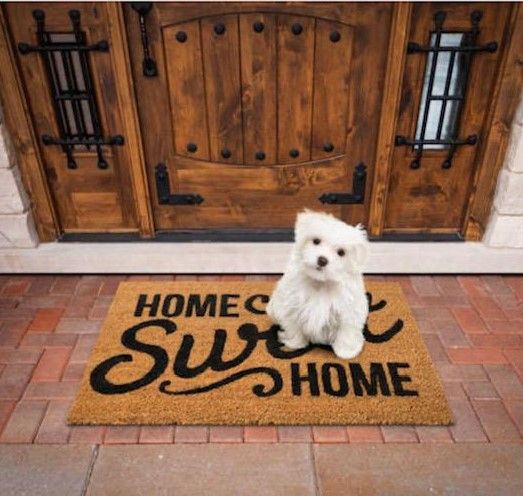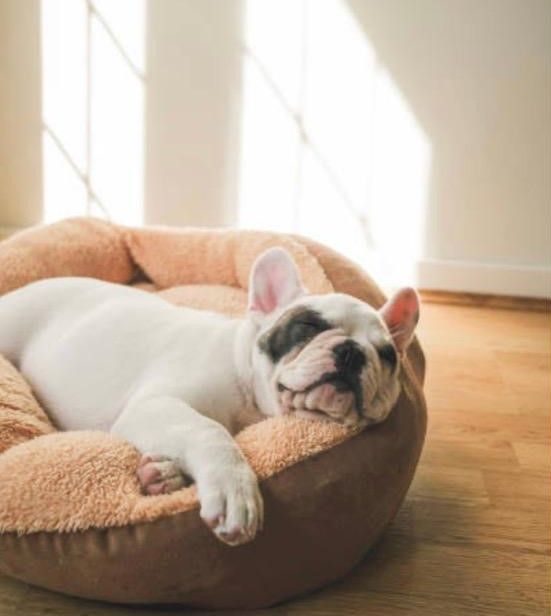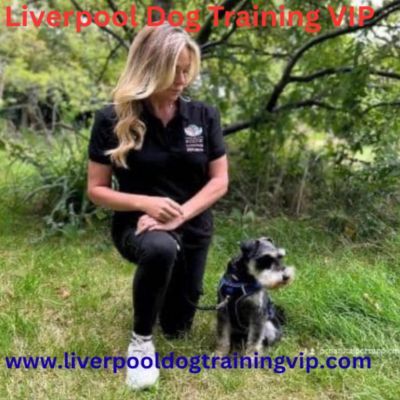Separation Anxiety in Dogs
Dogs with separation anxiety.
Learning to be left alone is an important part of your dog’s training and will help prevent your dog from ever becoming anxious when they are by themselves. So, if you have recently welcomed a puppy into your family it’s really important to teach them that being left alone is fun. I would recommend setting up a playpen or a crate for your puppy, so you can start teaching them at an early age how to relax and chill. You do not want your puppy with you constantly. Teaching them to be relaxed and confident when they are on their own is so important for their future well-being. Then you will have a happier balanced dog.
Is it separation anxiety or isolation distress?
Separation anxiety is a serious emotional problem where the dog becomes panicked when their owner leaves the house. Dogs with full blown separation anxiety act as though they are in terror about you leaving the house, and about being alone in the house while you’re gone.
Isolation distress means that the dog doesn’t want to be left alone and any human will do for company.
Cases and possible contributing factors:
- The dog’s personality- there may be a genetic predisposition.
- Re-homing, such as a dog who has had to rehomed multiple times or even just once.
- A dog who has never been left alone before.
- A dog who has been through a traumatic separation such as the loss of a family member (human or animal).
- The dog or owner has an extended hospital stay, separating the dog from their owner.
- A dog who has experienced some sort of trauma while left alone.
- Noise phobia.
- Old age.
- The arrival of a new family member.
- Leaving the litter at too young of age.
- The family moving to a new home.
Diagnosis.
Just because your dog has an accident in the house while you are out does not necessarily mean that your dog has separation anxiety. It could be a house training issue or a medical problem. Your dog barking when someone such as the postman comes to the door also does not indicate that your dog has separation anxiety. If your dog chews a pillow when your gone, it may not be separation anxiety but more likely that they were bored or under exercised.
On the other hand, if you arrive home and your front door has been shredded, your couch has been eaten, your dog is panting, salivating, barking, hiding behind the settee or there are puddles of urine or piles of excrement throughout the house then you should consider calling a dog behaviourist.
The diagnosis is commonly done by getting a complete and thorough history of the dogs behaviour, training, medical issues and what the daily routine in the household is like. I would recommend setting up a camera in your absence because this will help with the diagnosis and assist with a treatment plan.
Treatment.
Separation anxiety and isolation distress are some of the most debilitating conditions to deal with for both you and your dog. The good news is that there are treatment options for both these conditions, and in cases they can be successful. The bad news is that it takes time and sometimes months. My own rescue dog had separation anxiety when I rescued him and it probably took me about 7 months with a lot of patience, training and consistency but we got through it.
Mild separation anxiety cases.
You can often help to manage your dog’s anxiety levels by doing the following:
- Exercise your dog before you leave the house.
- Do some scent enrichment games in the garden.
- Give your dog a 15 -20 minutes of calm down after exercising such as the settle exercise.
- Make your arrivals and departures low key and don’t be dramatic.
- Give your dog a sustained release of food such as a stuffed Kong enrichment toy.
I personally didn’t just put enrichment out for my dog Chico when I left my house because I didn’t want it to be a trigger, oh enrichment is coming out you must be leaving me. I would bring out the enrichment throughout the day. He would get his Kong when I was in the house with him randomly. In severe cases of separation anxiety dogs won’t normally eat when you are not present.
Never scold your dog for having an accident in the house because this will only increase their anxiety.
For moderate to severe cases of separation anxiety or isolation distress you may want to seek the advice of a veterinary surgeon who may prescribe medications while you are working with a dog behaviourist who understands desensitisation and counter- conditioning.
While your dogs on a treatment plan for severe separation anxiety you should never leave them alone if you are doing a desensitisation or counter-conditioning program with a dog behaviourist. Take your dog to work with you if you can, send it to your dog day-care, have a pet sitter come in when you are away from the house or ask a family member to help you. Make sure that your dog is left somewhere they feel comfortable. Many separation anxiety dogs can also suffer from crate phobia, so crating them can make things worse.
Leave some classical music on when you are out. Don’t put the music on only when you are leaving the house but play it when you are in the house with your dog. You can also leave the TV on so that your dog can hear voices when you have left the house.
In all cases of separation anxiety encourage your dog to spend time alone when you are home. Get some puzzle toys or a nice meaty bone for them to gnaw on in their own bed, while you are in the kitchen making dinner. Get professional help if you and your dog are struggling.
Justine Shone, dog behaviourist.
JP Holistic Nutrition
https://www.jpholisticnutrition.com


